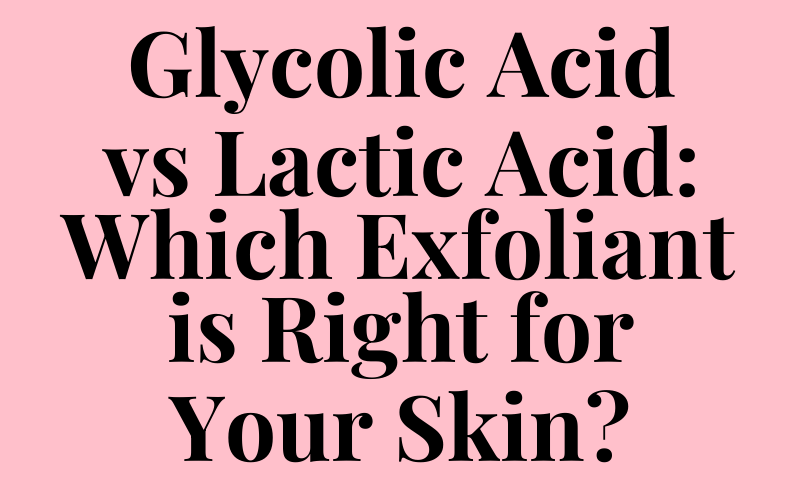Table of Contents
Glycolic Acid vs Lactic Acid: A Battle of Exfoliants
Glycolic acid and lactic acid are two alpha-hydroxy acids (AHAs) commonly used in skincare products for their incredible exfoliating properties. These natural wonders can help improve the appearance of fine lines, wrinkles, and hyperpigmentation, as well as even out skin tone and texture. With so many options on the market, it can be overwhelming to choose the right one for your skin type. In this article, we’ll delve into the differences between glycolic acid and lactic acid, helping you make an informed decision.
Glycolic Acid: An Overview
Glycolic acid is a naturally occurring compound found in sugarcane juice. It’s one of the most popular and effective AHAs used in skincare products, known for its ability to penetrate deep into the skin. Its high water solubility makes it ideal for treating a range of skin concerns, from acne scars to fine lines and wrinkles.
Benefits of Glycolic Acid
Using glycolic acid can:
- Exfoliate the skin, removing dead skin cells and revealing a brighter, smoother complexion
- Unclog pores, reducing the appearance of blackheads and whiteheads
- Improve skin elasticity and firmness, giving the skin a more youthful appearance
- Help reduce the appearance of fine lines and wrinkles, including crow’s feet and nasolabial folds
Lactic Acid: An Overview
Lactic acid is another naturally occurring acid found in fermented foods like yogurt and sour milk. It’s a popular ingredient in skincare products, particularly for sensitive skin types or those with rosacea, as it’s generally considered to be gentler than glycolic acid.
Benefits of Lactic Acid
Using lactic acid can:
- Soften and reduce the appearance of fine lines and wrinkles, including crow’s feet and nasolabial folds
- Gently exfoliate the skin, improving skin texture and tone
- Help reduce inflammation and redness, making it an excellent choice for sensitive skin
- Improve skin hydration, leaving the skin feeling soft and supple
Conclusion
Ultimately, the choice between glycolic acid and lactic acid comes down to your individual skin concerns and needs. If you’re looking for a powerful exfoliant to tackle deep wrinkles and acne scars, glycolic acid might be the better choice. However, if you have sensitive skin or prefer a more gentle approach, lactic acid could be the way to go. Remember to always patch test and start with a low concentration before increasing intensity. With patience and consistency, both glycolic acid and lactic acid can work wonders for your skin, giving you the glow you’ve always dreamed of!
| Glycolic Acid | Lactic Acid | |
|---|---|---|
| Concentration range | 5-70% | 5-15% |
| Skin type | Normally to oily skin | Sensitive, dry, or rosacea-prone skin |
| Exfoliant type | Strong, beta-hydroxy acid | Gentle, alpha-hydroxy acid |
| Side effects | Burning, redness, or itching | Irritation, redness, or discomfort |
Recommended Products
-
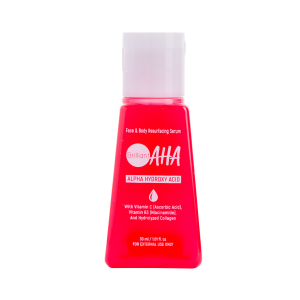 Face & Body Resurfacing Serum (Brilliant AHA) 30 mLKD3.000
Face & Body Resurfacing Serum (Brilliant AHA) 30 mLKD3.000 -
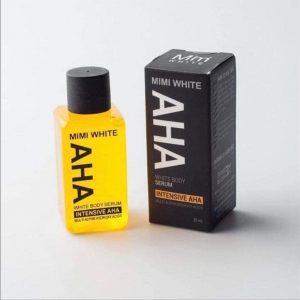 Mimi White AHA Body Serum 30mlKD3.000
Mimi White AHA Body Serum 30mlKD3.000 -
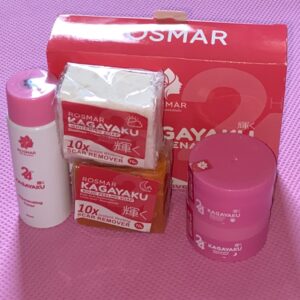 Rosmar Kagayaku Rejuvenating KitKD8.000
Rosmar Kagayaku Rejuvenating KitKD8.000 -
Product on sale
 CeraVe Psoriasis Moisturizing Cream – 227gOriginal price was: KD10.000.KD8.500Current price is: KD8.500.
CeraVe Psoriasis Moisturizing Cream – 227gOriginal price was: KD10.000.KD8.500Current price is: KD8.500. -
Product on sale
 CeraVe SA Cream For Rough & Bumpy Skin – 340gOriginal price was: KD10.000.KD7.500Current price is: KD7.500.
CeraVe SA Cream For Rough & Bumpy Skin – 340gOriginal price was: KD10.000.KD7.500Current price is: KD7.500. -
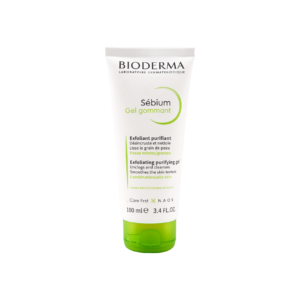 BIODERMA SEBIUM EXFOLIATING GEL 100MLKD6.560
BIODERMA SEBIUM EXFOLIATING GEL 100MLKD6.560 -
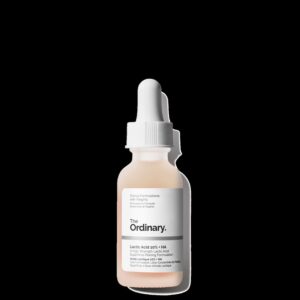 The Ordinary Lactic Acid 10% + HA 30mLKD6.000
The Ordinary Lactic Acid 10% + HA 30mLKD6.000 -
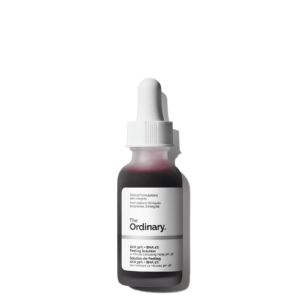 The Ordinary AHA 30% + BHA 2% Peeling Solution 30mLKD7.000
The Ordinary AHA 30% + BHA 2% Peeling Solution 30mLKD7.000 -
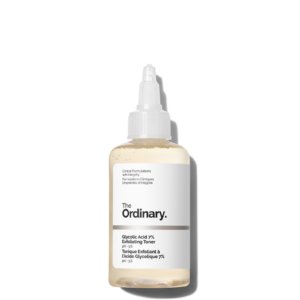 The Ordinary Glycolic Acid 7% Exfoliating TonerKD6.000 – KD9.000
The Ordinary Glycolic Acid 7% Exfoliating TonerKD6.000 – KD9.000

